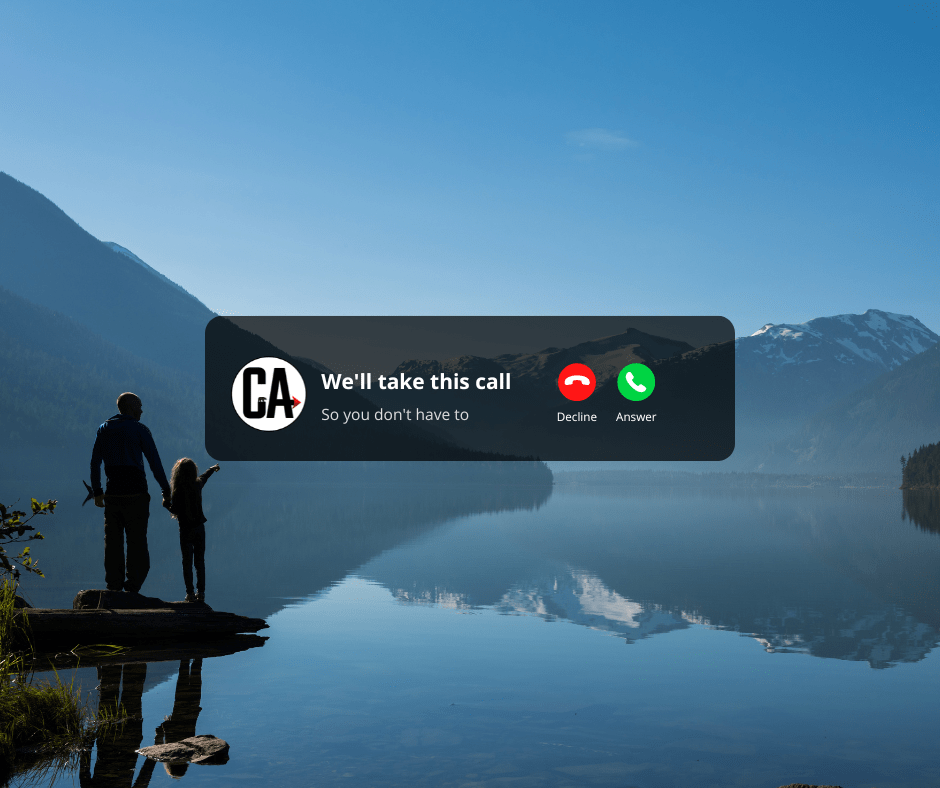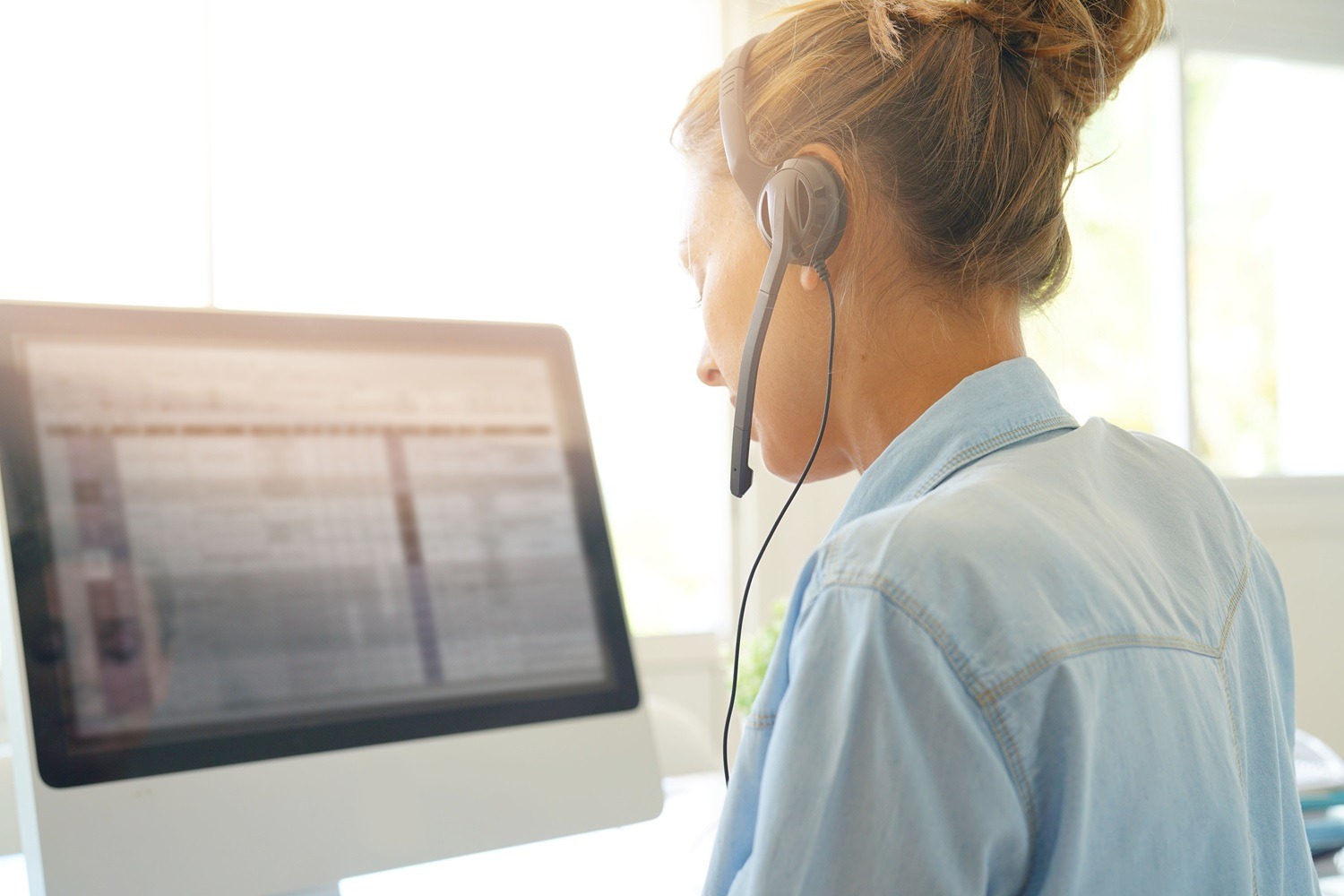
An emergency response plan is a thorough, well-researched, and staff-informed protocol for handling emergencies. It assesses potential safety hazards and risks and the safety measures currently in place throughout your organization. It also outlines a plan for communication in a crisis.
With an emergency response plan, you can minimize or prevent emergencies and protect the well-being of your employees.
1. Perform a risk assessment
Creating a bullet-proof emergency response plan is impossible without first assessing potential hazards. If you are familiar with the risks your employees face, then you can better build a response plan that protects them.
Your risk assessment must be thorough. You should examine all elements of your workplace for potential hazards. Equipment and materials are common hazards. Weather hazards, such as extreme temperatures in summer and winter, should also be included.
If an employee works alone for some or all of their shift, that can be hazardous. Therefore, you should consider lone worker safety in your risk assessment.
When evaluating workplace risks, look at your company’s history. Have there been any prior incidents? What emergencies have your employees faced before? This information will help inform your emergency response plan.
2. Assess maintenance of current safety features
Once you have carefully examined risks and noted potential emergencies, it’s time to assess your company’s safety resources. What is your company currently doing to keep its workers safe? Are you up to date on all safety inspections? Has safety equipment been well maintained?
As you assess current safety resources, consider smoke alarms, railings, emergency lighting, etc. In addition, ensure to note the maintenance of all dangerous equipment and tools in your emergency response plan. Include documentation whenever these pieces of equipment are inspected, upgraded, repaired, or replaced. This information can be critical if an emergency occurs.
3. Create a communication plan
If an emergency occurs, good communication is essential. It will allow you to react quickly, act effectively, and send help rapidly. Unfortunately, without a clear emergency communication plan, matters can escalate quickly.
CommAlert can help you create a solid emergency communications plan. Our 24-hour call centre is ready to receive emergency calls and initiate emergency plan procedures. Our services include emergency alerts through mass notifications, emergency call answering and dispatch, crisis communications triage, and lone worker monitoring.
4. Company safety practices
The key word here is “practice.” You want your company’s safety protocols to be ingrained in the minds of your workers. Then, in an emergency, they must know what to do- even in the heat of the moment! Training, drills, and exercises are the best way to teach your employees what to do and keep them safe.
Therefore, practice, practice, practice! With the help of a clear emergency response plan and repetition, your staff will learn their roles in a time of emergency. Furthermore, safety training will equip them to keep a cool head and act effectively and promptly under stress.
It’s also essential to make these practices a regular part of your workplace calendar. Generally, people perform better under stress when they are confident in what to do.
If you need assistance with your risk assessment and emergency communications plan, we can help. Contact us today.




